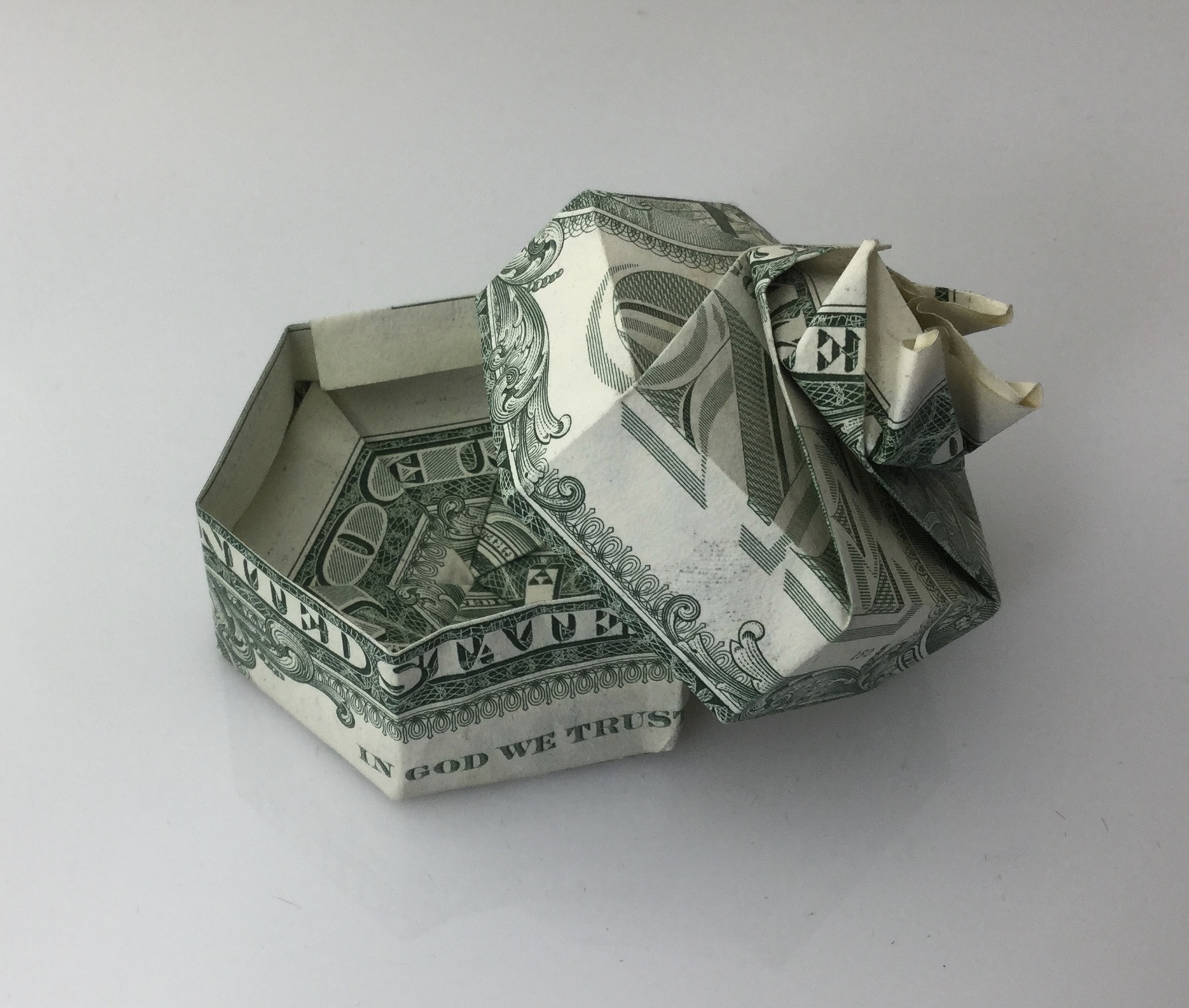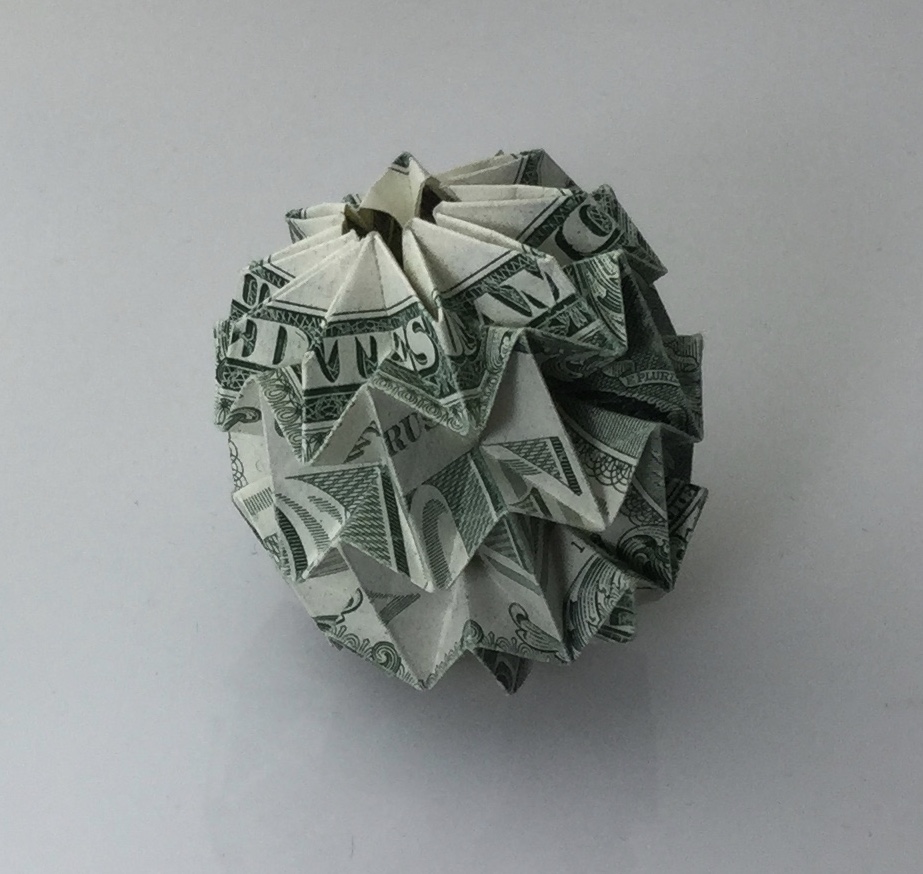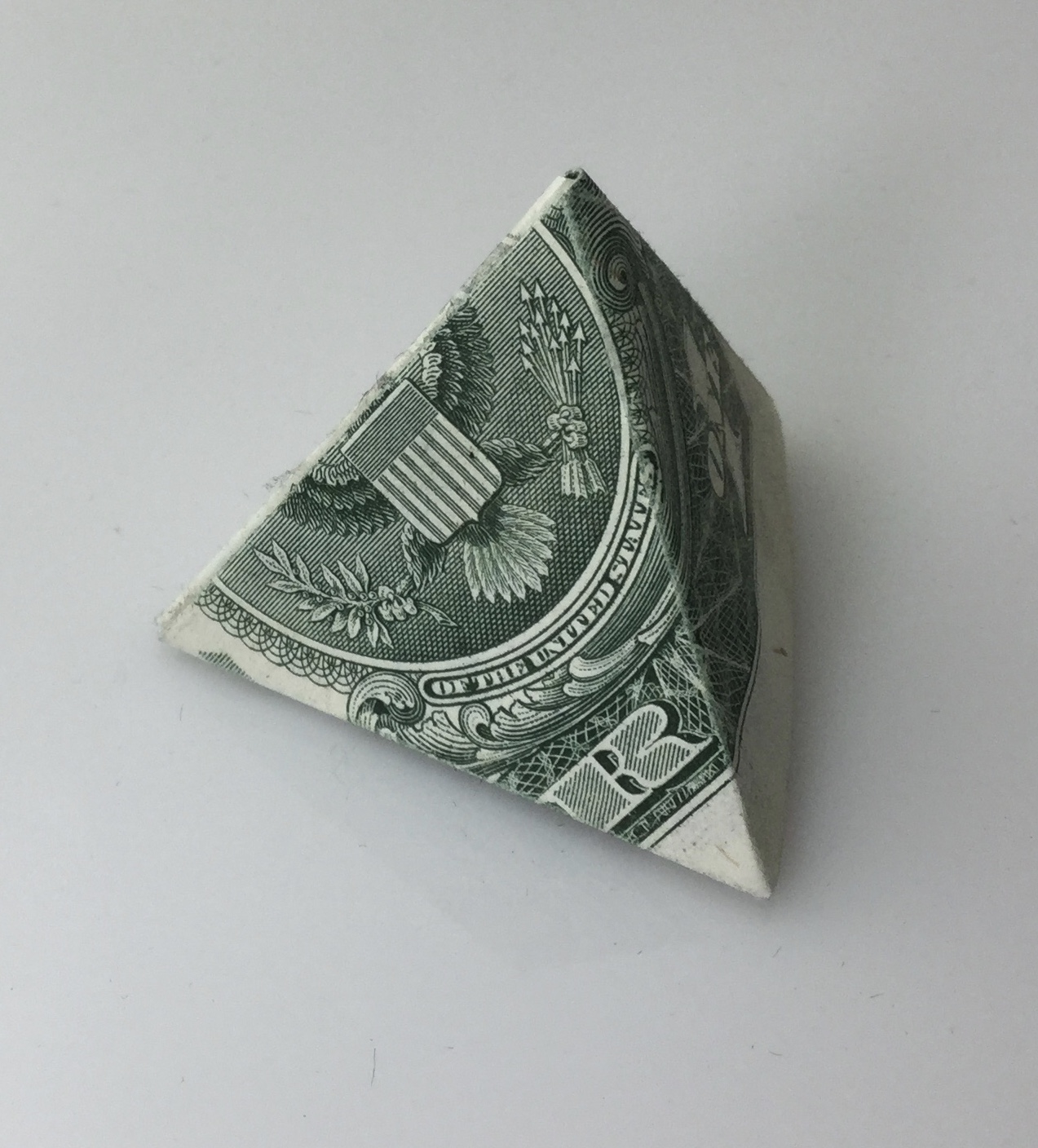
Isidore sits on a chair, writing on a sloping desk the words ‘(ysid)oris (de) natu(ra) hominisI’ Isidore, Concerning the Nature of Man.
Text Translation:
Isidorus on the nature of man Nature, natura, is so called because it brings a thing to birth, nasci, for it has the power to beget and to form. Some have said that nature is God, by whom all things are created and exist. Race, genus, comes from gignere, to generate; this derives from the word for ‘earth’, from which all things spring. For the Greek word for ‘earth’ is ge. Life, vita, is so called from vigor, ‘active power’, or because it has within it the force of birth and growth. As a result, trees are said to have life, because they spring from the earth and grow. Man, homo, is so called because he is made from the soil, humus, as it says in the book of Genesis: ‘And the Lord God formed man of the dust of the ground’ (2:7). It is said incorrectly that man in his entirety is formed from two substances, that is, from the union of a soul and a body. Strictly speaking, man, homo, comes from soil, humus. The Greek word for man is antropos [anthropos], because he looks upwards, raised up from the ground to contemplate his creator. This is what the poet Ovid means, when he says: ‘And though other animals are prone and fix their gaze upon the earth, he gave to man an uplifted face and bade him look at heaven and raise his countenance to the stars.’ (Metamorphoses, 1, 84-6). Standing erect, he looks at the heavens in search of God; he does not turn towards the ground, like the beasts who have been fashioned by nature and obedience to their appetite to bend their heads. But man is twofold: inner and outer.
























